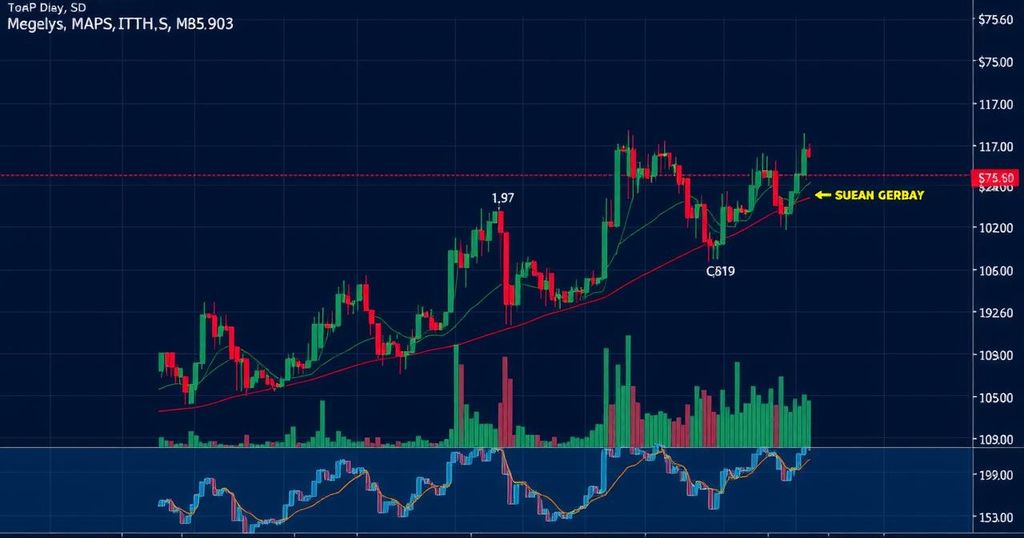Bitcoin’s Post-Fed Price Dip: Key Indicator Signaling Potential Upswing
Bitcoin experienced a nearly 10% decline following the Federal Reserve’s decision to cut interest rates, hitting a low of approximately $96,000. This move has activated a key contrary indicator that historically signifies the end of pullbacks. Despite potential resistance near $100,600, there is optimism for a resurgence above six figures. However, if prices drop below $96,000, this could lead to further declines.
Bitcoin’s recent decline, following a Federal Reserve meeting, has brought significant attention to a crucial contrary indicator that might signal a shift in market momentum. Following an anticipated cut to the benchmark borrowing rate, Bitcoin’s price dipped to approximately $96,000, marking a decrease of nearly 10% from its record high of $108,266. Despite this drop, historical patterns suggest that this could indicate an end to the current price pullback, instilling hope among Bitcoin bulls for a renewed rally towards six figures.
The Federal Reserve’s decision to reduce interest rates, alongside a reassessment of future cuts, has implications for various markets including cryptocurrency. BTC suffered an initial drop of over 8% post-announcement, consolidating around $97,500. The recent bearish crossover of the 50-hour simple moving average dipping below the 200-hour average raises questions about the durability of Bitcoin’s price action, emphasizing that while prior bearish trends have signaled the end of pullbacks, the outcome of the current movement remains uncertain.
Historically, Bitcoin has encountered similar pullbacks during its ascent from $70,000 to above $100,000. Each of these corrections came with bearish crossover signals of the same moving averages that now suggest a potential for renewed price growth. However, resistance is anticipated around $100,600, necessitating a sustained breakthrough for prospects of new all-time highs. Investors should remain vigilant as a breach below the recent low of $96,000 may indicate a deeper downturn, with the swing low of approximately $91,000 from December 5 also in jeopardy.
The cryptocurrency market, particularly Bitcoin, is known for its volatility and susceptibility to macroeconomic factors such as central bank monetary policies. The Federal Reserve’s recent meeting and subsequent decisions have significantly impacted Bitcoin’s price dynamics, demonstrating the interconnectedness of traditional finance and cryptocurrency markets. Technical indicators, including moving averages, play a crucial role in forecasting market trends, prompting traders and analysts to interpret these signals to gauge future price trajectories.
In conclusion, Bitcoin’s recent post-Fed price dip has triggered a critical contrary indicator, historically associated with the end of price pullbacks. While there is optimism among investors regarding a potential resurgence above $100,000, caution is warranted, particularly if the price falls below key support levels. The interplay between economic policy and market trends will continue to be a focal point for Bitcoin investors as they navigate this volatile landscape.
Original Source: www.coindesk.com







Post Comment